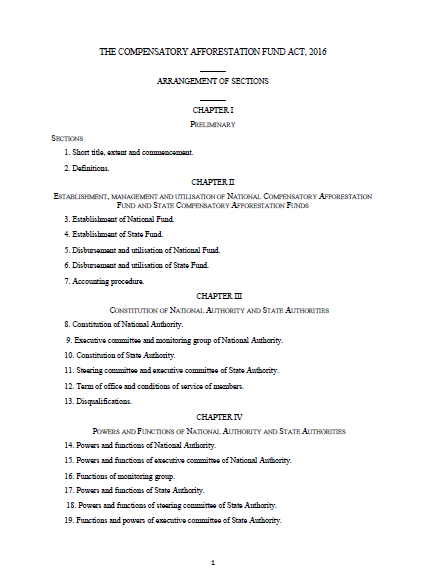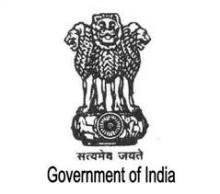Resource information
An Act to deal with establishment of funds under the public accounts of India and of each State, credit the monies received from the user agencies towards compensatory afforestation, additional compensatory afforestation, penal compensatory afforestation, net present value and all other amounts recovered from such agencies under the Forest (Conservation) Act, 1980. The Act also deals with constitution of an authority at national level and at each of the State and Union territory Administration for administration of funds and utilise the monies collected for undertaking artificial regeneration (plantations), assisted natural regeneration, protection of forests, forest related infrastructure development, Green India Programme, wildlife protection and other related activities.


